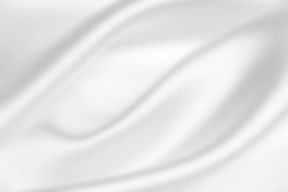




Spider veins are small-dilated veins near the surface of the skin and measure about 0.3 to 1.5 millimeters in size. They may be red, blue, purplish, or greenish in color. The medical term for spider veins is telangiectasia. Spider veins can develop anywhere on the body, but are commonly found on the face and legs. There are larger superficial veins called reticular veins that may be the source of spider veins.
Spider veins may be the sign of deeper insufficiency. For this reason, any underlying problem contributing to spider veins must be addressed before treatment may begin. Doctors commonly perform an ultrasound procedure as part of the initial examination. Most spider veins are caused by venous hypertension, which is high pressure in one portion of your venous system.
Contributing Factors to the Development of Spider Veins
• Genetics
• Pregnancy
• Hormones
• Age
• Gender
• Sedentary Lifestyle
• Race
• Trauma
Symptoms of Spider Veins
• Pain
• Itching
• Burning
• Stinging Sensations
• Bleeding
Reticular Veins
The most common pattern of spider veins is located on the lateral aspect of the thigh. Spider veins in this location are related to high pressure in the lateral reticular vein. Treatment must not only be directed at the spider veins, but at the underlying reticular veins as well.
Learn About Veins - Why Do Spider Veins Keep Coming Back?
Spider veins can reoccur for many reasons. Usually, there is an underlying cause that is responsible for spider veins. Spider veins are the end result of dilatation of the cutaneous veins. This may occur from hormonal or higher transmitted pressure from the venous circulation. If the cause of the spider vein is not properly treated, they can easily reoccur. Perforating veins can also cause spider veins to appear. Even if everything has been done properly to address spider veins and treat them, reoccurrence is always a possibility. Just as with larger veins, your body has the tendency to reform spider veins once they have already occurred. Pregnancy with its increased venous pressure and hormonal changes, is one of the greatest causes of spider veins.
